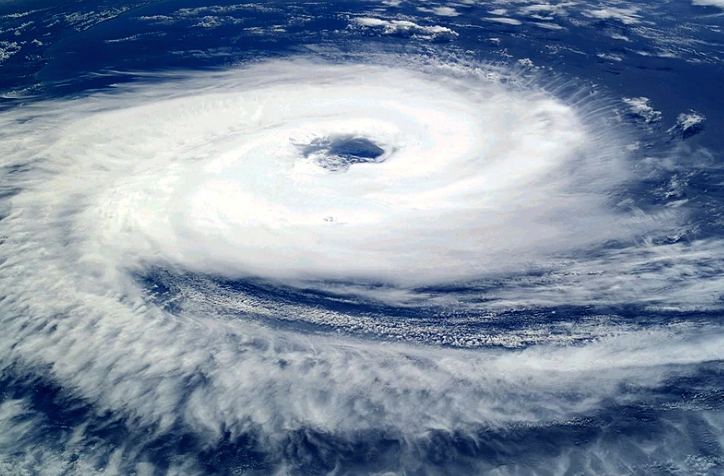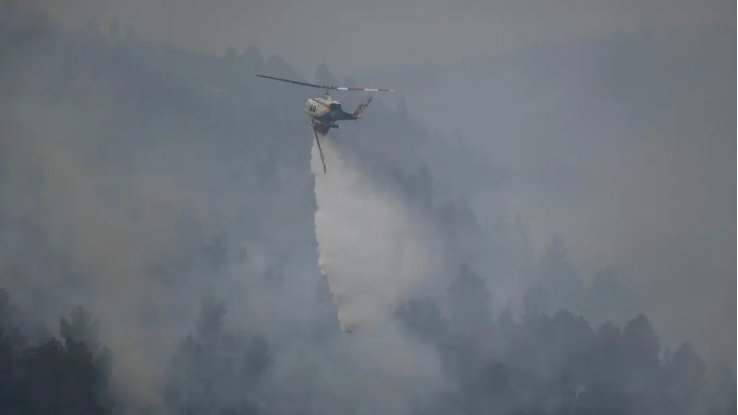Pakistan and India Brace for Cyclone Biparjoy
India and Pakistan have evacuated tens of thousands of residents in preparation for the impacts of Cyclone Biparjoy, which has been driving toward the region since last week and made landfall in the Indian state Gujarat on Thursday.

Facts
- India and Pakistan have evacuated tens of thousands of residents in preparation for the impacts of Cyclone Biparjoy, which has been driving toward the region since last week and made landfall in the Indian state Gujarat on Thursday.1
- Winds reportedly reached an initial speed of 67 mph before slowing to an average of 48 mph, with the relief commissioner of Gujarat reporting that at least 22 people had been injured.2
- The storm is currently the equivalent of a Category 1 hurricane and has also already been blamed for multiple deaths off the coast of Mumbai.3
- In addition to the evacuations of residents and animals, fishing and oil operations in Gujarat have been suspended until Friday. A combination of 21 teams from the National Disaster Response Force and 13 teams from the State Disaster Response Force are working to complete disaster operations before and after the storm.4
- Climate scientist Roxy Mathew Koll with the Indian Institute of Tropical Meteorology said the waters of the Arabian Sea are soaring at 2°C-4°C above the climatological mean, which is said to have fueled the rapid intensification of the storm and prolonged its lifespan.3
- According to India's weather department, the storm has passed the Saurashtra-Kutch coast and is now moving toward the country's northeast.2
Sources: 1Reuters, 2Al Jazeera (a), 3Earth Observatory, and 4Al Jazeera (b).
Narratives
- Narrative A, as provided by The Conversation. As many metropolitan areas in India are expected to become uninhabitable in the next 80 years, activists will have to be the voice of reason and encourage the government to meet their emission pledges, which will lead to growth in the national economy and social systems. Authorities cannot be released from their responsibilities and allowed to do nothing as climate change leaves destruction across the country.
- Narrative B, as provided by Washington Post. The Indian government demonstrated its commitment to disaster preparedness and relief in the face of catastrophic climate change impacts with its response to Cyclone Fani in 2019. Governments require two things to be successful; adequate and timely knowledge about a devastating event and incentives to respond accordingly. This is where a democratic country with technological capabilities can really shine, as demonstrated through the building of cyclone shelters and the bolstering of infrastructure.
- Narrative C, as provided by FT. It's easy to dismiss any extreme weather event as a consequence of climate change, but in reality, they're usually influenced by a myriad of factors that have nothing to do with it. More research is needed before we can establish any direct causal link between the two.






